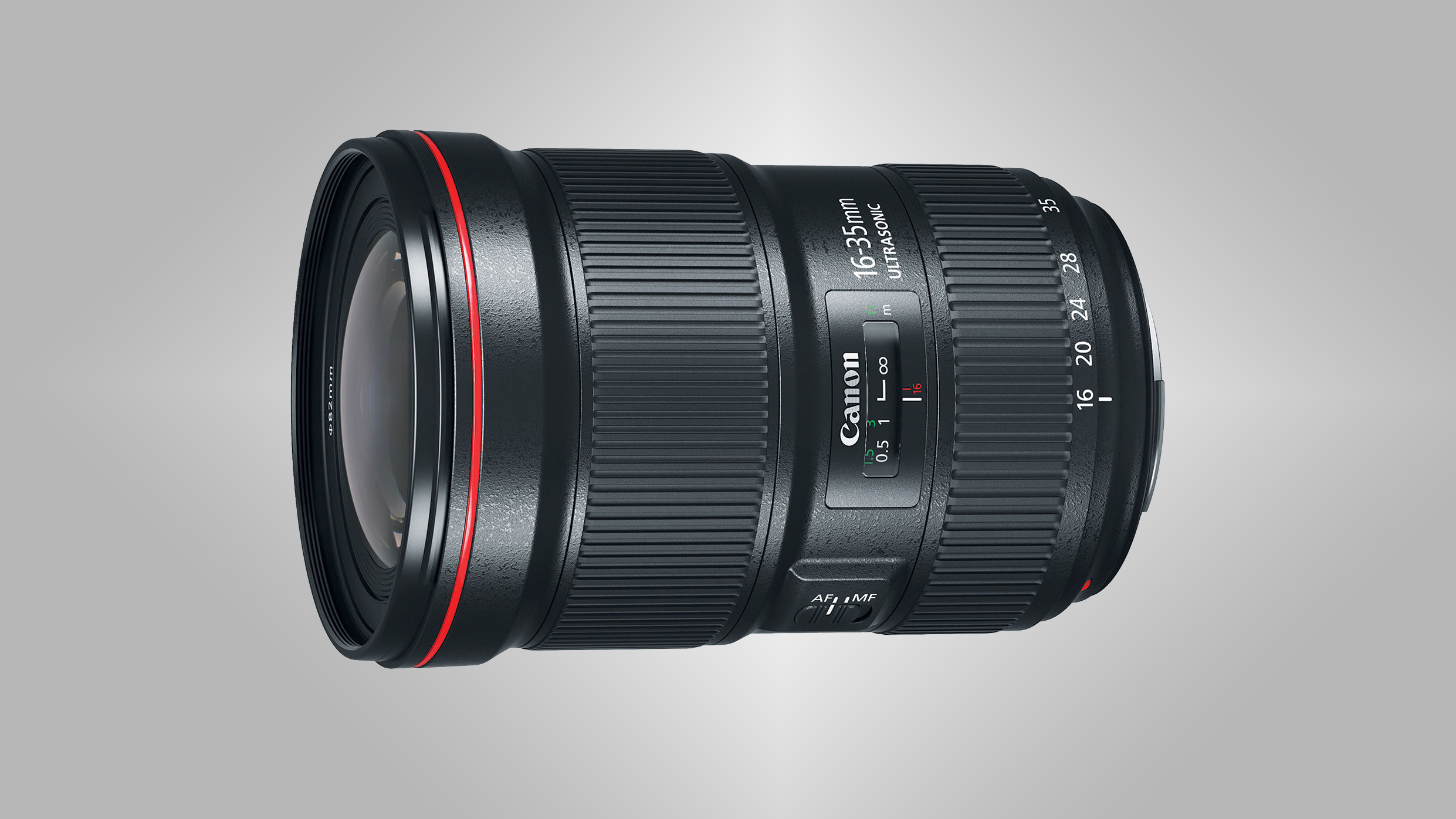
Watch any match at the World Cup and you’ll see a bank of photographers stretching along the entire length of the pitch, clutching huge white or black lenses as they capture the action unfolding in front of them.
But what are the cameras and lenses these agency and press photographers are using? Below we take a look at some of the key items of camera kit that have been the mainstays for most photographers during the tournament.
(Main image: Valery Sharifulin\TASS via Getty Images)
The camera

For jobbing sports photographers, resolution often plays second fiddle to durability and performance, which is why you’ll likely see large and bulky Canon EOS-1D series and Nikon Dx series cameras wielded by pros pitch-side.
Fully weather-sealed and constructed from tough magnesium alloy, cameras like the 20.2MP EOS-1D X Mark II or Nikon’s 20.8MP D5 can have a pretty tough life, getting knocked, drenched and dropped.
While the resolution of their sensors may not be able to match that of cameras costing even a third of the price, the full-frame sensors in these two flagship cameras are capable of delivering stunning results at high sensitivities that just wouldn’t be possible with most other cameras.
Essential if you’re going to be working in poor light and need to be able to freeze the action, while the highly sophisticated autofocus systems of both cameras means they can be capable of tracking even the most erratically moving footballer round the frame.
Sign up for breaking news, reviews, opinion, top tech deals, and more.
While photographers are likely to have a couple of such flagship bodies slung over their shoulders, they may also have a higher-resolution DSLR or two at their disposal, with cameras like the 30.4MP Canon EOS 5D Mark IV and 45.4MP Nikon D850 ideal for commercial assignments where a higher pixel count is required.
Canon and Nikon don’t have things all to themselves, however, with the likes of Sony’s brilliant Alpha A9 starting to be used by pros thanks to its blend of fast shooting speeds, rapid AF and a silent shutter, although the moment the A9 a little hampered by a limited selection of long lenses.
Main lens

The main lens for sports photographers is a 400mm f/2.8. These large pieces of glass allow photographers to fill the frame with their subject, while the large and fast maximum aperture affords them plenty of flexibility.
Not only does it allow them to isolate their subject, but the fast maximum aperture also helps them keep shutter speeds high (when combined with the excellent high-ISO performance of the Canon EOS-1D X Mark II and Nikon D5), while it also means photographers can attach 1.4x and 2x teleconverters to them to extend the reach without restricting AF performance.
The latest generations of 400mm telephoto primes are the Canon EF 400mm f/2.8L IS USM II and Nikon AF-S 400mm f/2.8E FL ED VR, while Sony has just announced the FE 400mm f/2.8 GM OSS, its first dedicated telephoto prime lens for its full-frame range of mirrorless cameras.
Supplementary lenses

As well as their 400mm f/2.8, sports photographers are second camera body is likely to have a 70-200mm f/2.8 telephoto zoom on the front. This means photographers can easily swap to this should the action come in close.
It’s not all about telephoto lenses for shooting football. There’s likely to be a 16-35mm f/2.8 or 14-24mm f/2.8 likely to feature prominently in a sports photographer’s kit bag.
This has a number of uses, from capturing those scene-setting shots of the entire stadium, to the end of the match when photographers will scramble to get the reaction of players. These lenses will also be used when cameras are positioned remotely behind the posts, allowing photographers to capture a goal, even if they’re positioned at the other end of the pitch.
The humble 24-70mm f/2.8 also has its place - it may not be quite as glamorous as some of the other lenses her, but it can get incredibly versatile for a range of shooting conditions, and can be really handy when the action is right in front of the photographer.
Essential accessories

Shooting with a large and heavy lens like a 400mm f/2.8 means that some form of support is essential, and a monopod is perfect for the job.
While a flashgun is impractical for shooting action with a 400mm in a floodlit stadium, a speedlight can be really handy when shooting player reactions at the end of the match, allowing photographers to easily freeze their subject and add a nice bit of illumination.
Another key accessory is some remote triggers like PocketWizard’s Plus IV system. This allows photographers to remotely trigger there cameras that they’ve positioned elsewhere round the pitch. Featuring built-in radio transmitters and receivers, they don’t require direct line-of-sight like infrared triggers do, while they can have an impressive range up to 500m.
Finally, one accessory that a sports photographer at a football match wouldn’t be without is a little fold away camping stall. Nobody wants to kneel for 90 minutes, so these allow photographers to shoot in relative comfort from a nice, low-down shooting position.

- TechRadar's World Cup coverage is brought to you in association with Honor

Phil Hall is an experienced writer and editor having worked on some of the largest photography magazines in the UK, and now edit the photography channel of TechRadar, the UK's biggest tech website and one of the largest in the world. He has also worked on numerous commercial projects, including working with manufacturers like Nikon and Fujifilm on bespoke printed and online camera guides, as well as writing technique blogs and copy for the John Lewis Technology guide.